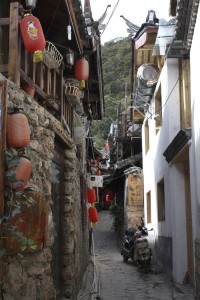 The village is small, but it’s easy to get lost in the maze of shops and stone streets. Every fourth shop is leather goods, every seventh shop carries drums and ukuleles. There is puer tea and local clothing, scarves, purses, shoes, dried yak meat, and silver jewelry. And in between the tiny shops there are cafes, restaurants and bars, and small grills offering skewers of tasty meats. Naxi women sell produce on the street. While clearly the focus of today is targeted at the tourist, you can still reminisce and envision the tea and horse road market place booming with a different kind of commerce. But whether yesterday or today, the focus is on trade.
The village is small, but it’s easy to get lost in the maze of shops and stone streets. Every fourth shop is leather goods, every seventh shop carries drums and ukuleles. There is puer tea and local clothing, scarves, purses, shoes, dried yak meat, and silver jewelry. And in between the tiny shops there are cafes, restaurants and bars, and small grills offering skewers of tasty meats. Naxi women sell produce on the street. While clearly the focus of today is targeted at the tourist, you can still reminisce and envision the tea and horse road market place booming with a different kind of commerce. But whether yesterday or today, the focus is on trade.
Shop keepers still use the water that runs down from the mountains through the clever canals in the village to wash their dishes and even their produce. If you walk too far down the river, this will become a little less charming than it otherwise seems. Horses still walk the streets, but these days they are usually leading Han Chinese princesses from a far away city. Clutching a Louis Vuitton purse while dressed in rugged clothes and tights, they are ready for a half-day’s journey.
It is a simpler way of life – not to be idealized, for the shop keepers often keep 12 hour days – but the pace is definitely slower, the smiles more frequent, and the air open and clean. There are artists who have come to live here – to eek out a living or while away the days. Sometimes you’ll walk by and the person running the shop is watching the latest drama on their smartphone, but in other shops, especially the ones selling the drums, the shop keepers turn on local Naxi music, and play along with it on their merchandise. The simple melody of a flute and the accompanying drum brings a sturdy, steady pace to life.
Part of a continuing series on Yunnan and Lijiang – see here for the previous post.
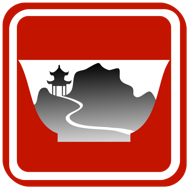
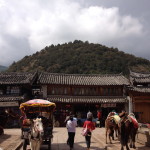

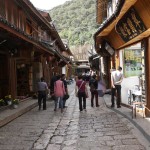
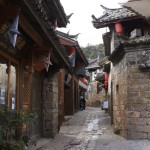
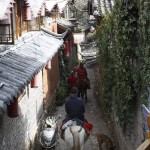

One comment